MCI (P) No. 065/09/2022

Newsletter of the SSO Community Engagement Department


04 Featured Composer 14 The Re(Construction) of VCH CHOPIN Fun Facts 08 Cover Story VCH: Home of the SSO
How do conductors know what to do on the podium?
19 What you may have missed
20

Upcoming Events
Editorial Team
Head, Community Engagement
Head, Choral Programmes
Kua Li Leng
Editors & Coordinators
Erin Tan
Samantha Lim
Terrence Wong
Brandon Lim
Featured Composer
04
CHOPIN
NAME:

Frédéric François Chopin
BORN: 1 March 1810
DIED: 17 October 1849
BIRTHPLACE:
Żelazowa Wola, Poland
When one thinks of piano music from the Romantic era, Chopin almost always comes to mind. With an intimate understanding of the piano and its expressive potential, and a gift for musical lyricism that has won the hearts of generations of music lovers, Chopin has gone down in history as one of the greatest composers of all time.
05
Chopin’s Life
Born to a French immigrant father and Polish mother, Chopin’s artistic inclinations were awakened at an early age. It was not long before the young prodigy started performing in private gatherings and writing music of his own.
As a teenager, Chopin enrolled at the Warsaw Conservatory of Music, where he developed his own individuality at the piano. He later settled in Paris, where he taught and composed for a living. Despite his compositional
Chopin’s Music


Unlike most other composers, all of Chopin’s works feature one instrument in particular – the piano. Ranging from solo piano pieces to ensemble works, and even two monumental piano concertos, Chopin’s compositions often display an endearing expressiveness, namely through their song-like melodies and harmonic creativeness.
flair, the shy and timid Chopin only performed a little more than 30 times throughout his life!
While some of his pieces have a more delicate character, such as his Nocturne in E-flat major, Op. 9, No. 2, others are more dramatic and pas sionate. A good example being his iconic Ballade No. 1 in G minor, Op. 23, a favourite of many pianists today.
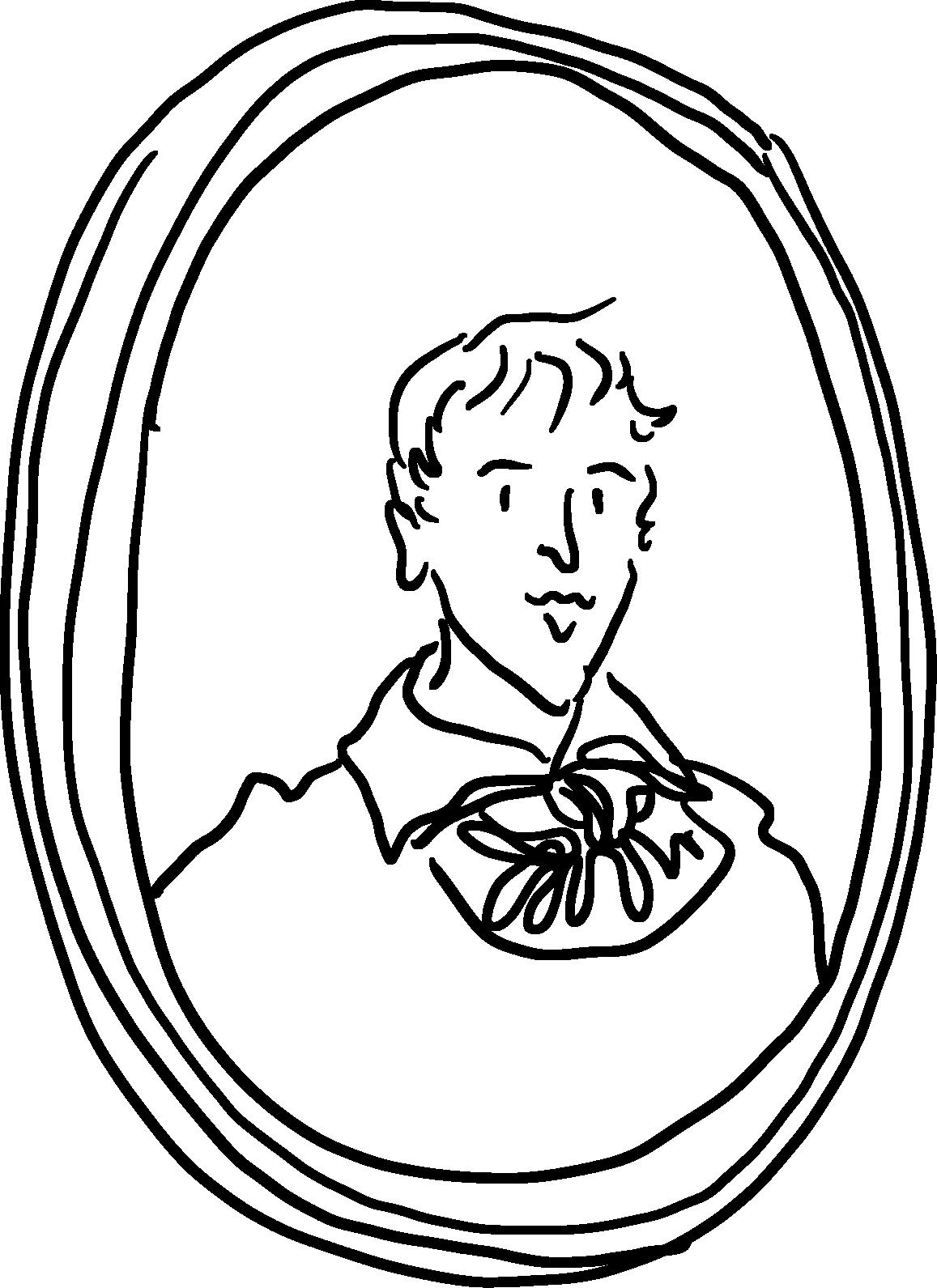
06
Young Chopin in Warsaw
A musical expression of home
Despite Chopin spending most of his adult life in France, the composer remained Polish at heart. His strong love for his homeland can be felt in his music. For instance, he wrote numerous polonaises and mazurkas, which are types of dances originating from Poland. Among his most famous works are the hauntingly beautiful Mazurka in A minor, Op. 17, No. 4, and the bold “Heroic” Polonaise in A major, Op. 53.
Chopin and Pop Culture
With so many memorable works written by Chopin, it comes as no surprise that his music has entered popular culture! For example, the tune of the song I’m Always Chasing Rainbows, which was featured in the recently released Marvel film Guardians of the Galaxy Vol. 3, is based off the second theme of Chopin’s FantaisieImpromptu, Op. 66.
Furthermore, some people believe that his Ballade No. 2 in F major, Op. 38 is a musical depiction of Polish people being forced out of their homeland during a time of conflict.



Another example can be found in the anime Your Lie in April, where the story’s characters are shown performing several of the composer’s famous works, such as his “Winter Wind”, “Torrent”, and “Wrong Note” Études, as well as a violin-piano duo arrangement of his Ballade No. 1 in G minor in the story’s climax.
Interested to hear Chopin’s music live? Catch Seika Ishida with the SSO as she takes on Chopin’s Piano Concerto No. 2 in F minor, Op. 21 on 4 and 5 August, 7:30pm, at the Victoria Concert Hall!

07
Polish Mazurka
Your Lie in April
Cover Story
VCH: HOME OF THE SSO
Situated in the heart of the Civic District, the Victoria Concert Hall (VCH) reopened in July 2014 after extensive renovation to preserve the historical beauty of the building while retaining its function as an intimate performance space for the arts.
09
Origins

The Victoria Theatre (situated beside the VCH) started off as a Town Hall in 1862 when Singapore was under British rule. Over time, when it became too small to serve the needs of Singapore, a new hall was built beside it in 1901 to cater for even more events, such as social gatherings and performances.
This hall was first named ‘Victoria Memorial Hall’ in memory of Queen Victoria, who was then the recently deceased head of the British Empire.
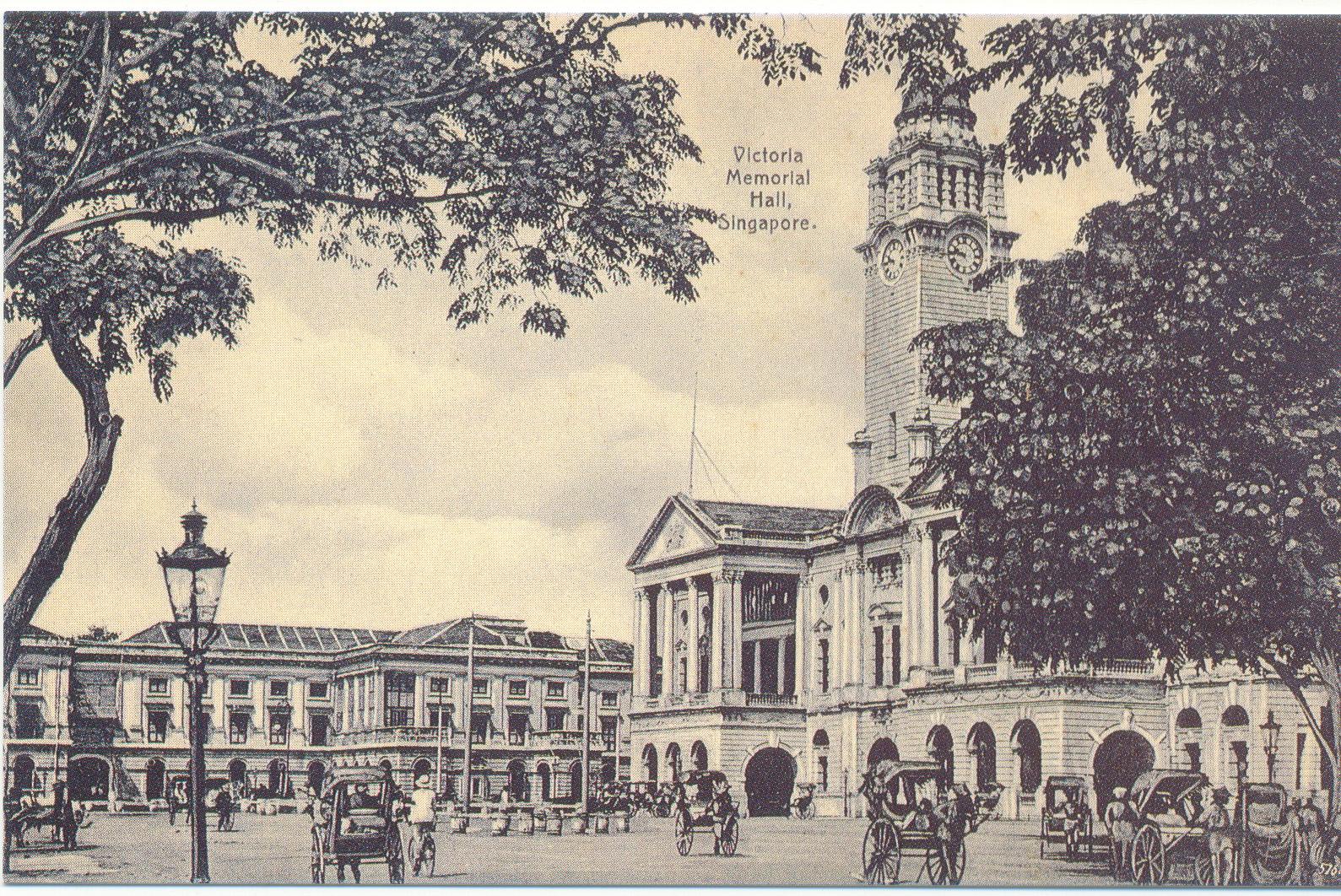
10
Queen Victoria
Why VCH is the home of the SSO

In 1977, during discussions on the formation of a full-time national orchestra, the government decided that the Victoria Memorial Hall would be the perfect place for its permanent home, as it already was a major concert venue in days past.
Fast forward to 1979, it was renovated and renamed as the ‘Victoria Concert Hall’ for the inauguration of the newly-formed Singapore Symphony Orchestra.
11
Features of VCH
Concert Hall
This is where the main action takes place! Key features of the concert hall include:


– 673 comfortable audience seats spread across two levels
– An elevated stage with wooden floors for better resonance
– Acrylic sound panels with adjustable heights suspended above the stage. They are raised or lowered according to the size of the
Pipe Organ
Built by German organ-builder Orgelbau Klais in 1987 to replace the then 56-year-old St. Clair organ, it remains Singapore’s only fully-mechanical organ today. This means that when you press a key on the keyboard, the instrument’s mechanisms trigger the opening of a valve, letting pressured air flow through the pipe which then produces sound.
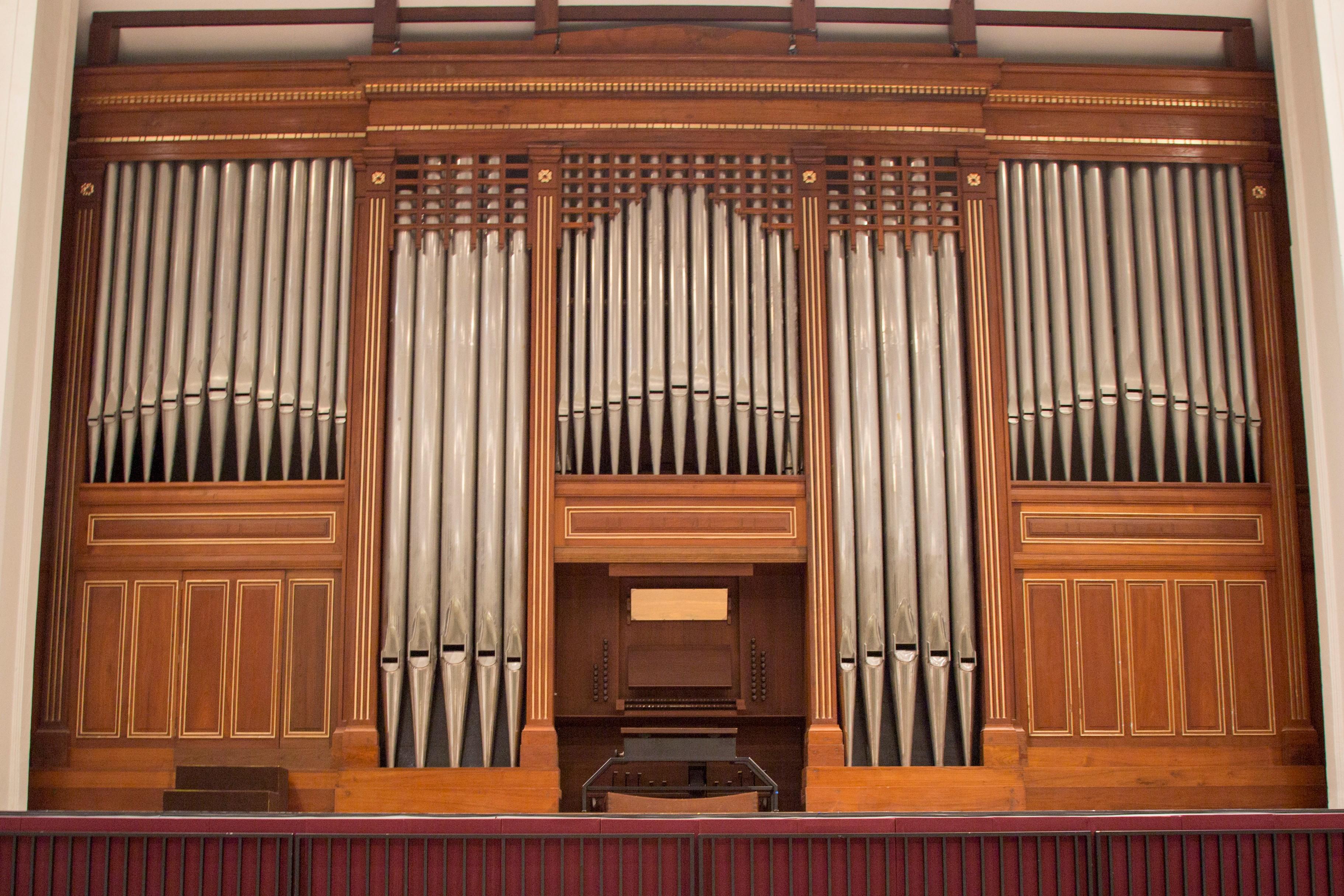
12 Scan this QR code to watch how the mechanism works
Stage Wings
This is where performers queue up and get themselves ready to enter the stage to perform! The stage wings also include the Stage Manager’s desk, which is the command centre for all stage operations. No one can start a performance without the Stage Manager’s approval!
The Stage Manager’s desk! The stage lies right outside these doors!
Dressing Rooms
A variety of small and large dressing rooms located backstage house all performers. Here, they can practise, change into performance attire, and even get some rest! The conductor’s dressing room even has an upright piano in it!


13
The (Re)Construction of VCH

At over a hundred years old, VCH is a monumental icon of Singapore’s bygone years. Yet, with concerts happening year-round within its walls, VCH is as alive as ever today!
After a series of renovations from 2010 to 2014, the building has been given a new lease of life while maintaining its key architectural and interior features.
When New Meets Old
Looking at the facade of VCH and even within the hall itself, you will come face to face with ornate, towering columns. These are common features of the Neoclassical style, which literally means 'new Classical'. Inspired by Greek and Roman architecture, this style is known for its grandeur of scale and prominent use of columns. During reconstruction works, great care was taken to ensure that these features remained the same as before, hence preserving VCH’s architectural characteristics.
14
Fun Facts
Neoclassical Columns
Same-same but a Little Different
Notice how some other buildings in Singapore’s civic district look similar to VCH? That is because they were also designed in the Neoclassical style! One of the best examples is a certain gallery not too far from VCH. Would you like to guess which building this is? (Hint: it used to be Singapore’s City Hall and Supreme Court.)
No More Horsing Around

Can you imagine seeing live horses inside VCH? Folks about a century ago actually witnessed this! Back when VCH was first constructed, the Atrium (the area you will first set foot in when you enter the building) used to be an open-air passageway for horse carriages to pass through.

Today, it is commonly used as a space for performers to gather with their families and friends after concerts, while also housing SSO’s very own box office.

15
Ans: National Gallery Singapore
The Atrium
Ask Us Anything!


16
A lot of preparation takes place before the orchestra's first rehearsal; conductors must first know the music very well in order to translate what the composer has written!
I start by studying the music score very carefully. I listen to various recordings of each piece and make notes about things that might be crucial, such as different melodic and rhythmic lines, phrasing, dynamic markings, and different entry points.
Apart from studying the music itself, I also read up about the context of each piece. This includes information about the composer's personal life, the social and historical circumstances in which he lived, as well as his intentions behind the music. I then develop my own interpretation of the music based on my own ideas, tastes and emotions – while still respecting the composer’s intentions.
Everything then comes to life during the rehearsal with the orchestra. Now is the time for me to share my ideas with the musicians through gestures and movements that would bring out different aspects of the music. The musicians also add their own special touch to my interpretation, which is what the audience hears!
17
Of course, conductors do not memorise all the music. During rehearsals and concerts, we usually refer to the full score to know what every musician has to play - Here is an example of what it looks like!

Each row shows me what each instrument is playing. When read left to right, I can tell who is playing what, at every given point of the music.
I will be conducting this Polonaise (from Tchaikovsky’s Eugene Onegin) alongside other dances in July at the SSO’s free concerts. See you there!
– Rodolfo Barráez Associate Conductor, Singapore Symphony Orchestra
If you have a question about classical music or the workings of an


18
Concerts for Children:



In March, we used our binoculars and followed ConductorPresenter Jessica Gethin on an adventure with music from all around the world!

The SSO had fun celebrating Mother’s Day with all of you at the Singapore Botanic Gardens on 14 May. Join us at our next outdoor concert on 22 July!
Missed this concert? Watch it online:
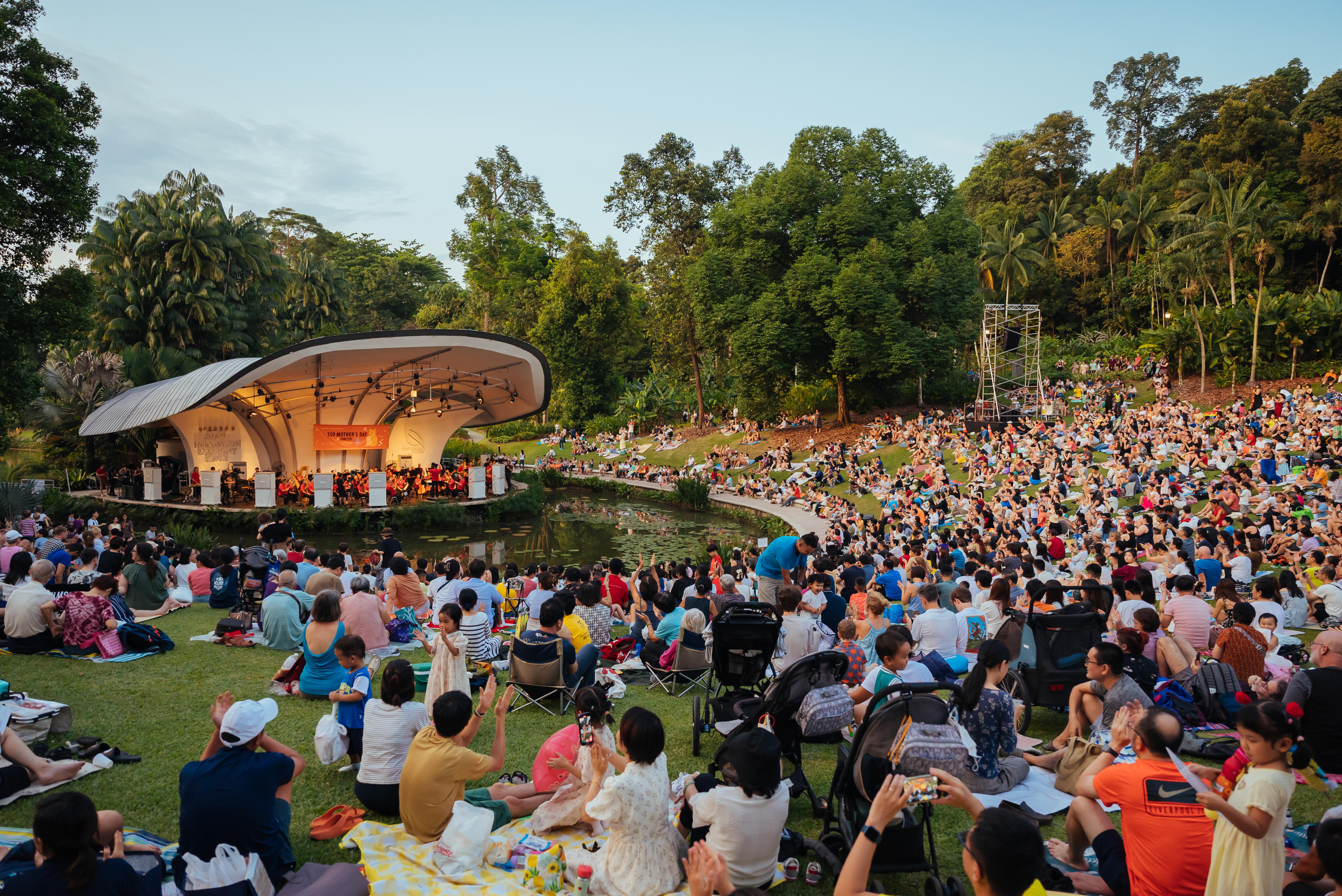
19
SSO Mother’s Day Concert
Picture credit: Nathaniel Lim
SSO Pops: The Music of Hans Zimmer
Fri & Sat, 14 & 15 Jul 2023, 7:30pm Esplanade Concert Hall
SSO In Your Community
Fri, 21 Jul 2023, 7:30pm
Anglo-Chinese School (Independent)
Chloe Chua and He Ziyu
Thu & Fri, 27 & 28 Jul 2023, 7:30pm
Esplanade Concert Hall
Temasek Foundation SSO National Day Concert: The Singapore Sound
Sun, 13 Aug 2023, 4pm Esplanade Concert Hall
Chloe Chua Plays Paganini
Sat, 2 Sep 2023, 7:30pm Esplanade Concert Hall
SSO Lunchtime Concert
Wed, 19 Jul 2023, 12:30pm

Victoria Concert Hall
Temasek Foundation
SSO Symphony in the Gardens
Sat, 22 Jul 2023, 6pm

Shaw Foundation Symphony Stage, Singapore Botanic Gardens
Seika Ishida Plays Chopin

Fri & Sat, 4 & 5 Aug 2023, 7:30pm
Victoria Concert Hall
VCHpresents Organ: Acoustic Shock – An Organ and Electronic Music Spectacular
Sun, 20 Aug 2023, 4pm
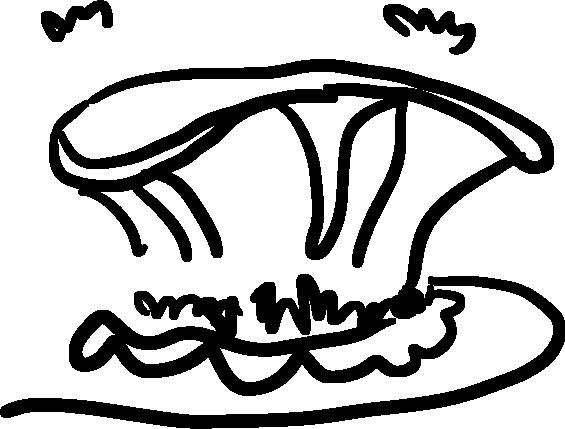
Victoria Concert Hall
Concerts for Children: Little Red Riding Hood
Sat & Sun, 9 & 10 Sep 2023, 11am & 2pm
Victoria Concert Hall
All SSO Concerts are supported by the National Arts Council. Local schools are eligible for up to 50% subsidy from the Totalisator Board Arts Grant.


For the full listing of concerts and updates, visit sso.org.sg Information is correct at time of print.
For ticketing information and enquiries, email us at ticketing@sso.org.sg .





























